This octopus gets its name from the large, ear-like fins located on its mantle. These fins give it a somewhat elephant-like appearance, hence the name “dumbo” octopus. Dumbo octopuses are actually a genus consisting of 13 different species. Like all octopuses, they are related to squid and nautilus. Read on to learn about the dumbo octopus.
Description of the Dumbo Octopus
Dumbo octopuses are undeniably odd-looking creatures. Their most distinguishing feature is the pair of large fins located on either side of their mantle. Beneath the mantle, they have eight arms, just like any other octopus.
Compared to other species of octopus, their arms are relatively short, and their mantles relatively large. They range greatly in size, and the largest recorded was nearly six feet long. However, average sizes are around one foot long.
Interesting Facts About the Dumbo Octopus
While dumbo octopuses are absolutely strange creatures, they are also unbelievably interesting as well. With 13 species to choose from, there are tons of fun tidbits to learn about these creatures.
- Down to the Depths – All of the various species of dumbo octopus are deep sea dwellers. They live at least 9,800 ft. below the surface of the ocean, and some of them are found at 23,000 ft. deep! In the deep sea, they share their habitat with the occasional anglerfish and blobfish.
- Free Swimming – Unlike many of their other octopus cousins, dumbo octopuses swim about freely in the water column. While most species live primarily on the sea floor, and crawl about with their arms, this species is much more fond of free swimming. They use their two large “ear” fins to swim through the water.
- Inkless – Unlike many of their cephalopod cousins, dumbo octopuses do not have ink. When you are in the deep sea, where virtually no light reaches, producing a dark cloud of ink is pretty much useless. Can’t hinder the vision of a predator that is already pretty much blinded by the dark!
- Umbrella Octopus – Another interesting feature of the dumbo octopus is its arms. These octopuses have extensive webbing between their arms, giving them an umbrella-like appearance. In fact, they are members of a family of octopuses known as “umbrella octopus.”
Habitat of the Dumbo Octopus
The habitat of this group of species is incredibly unforgiving. The deep sea is a difficult place to survive. It is dark, freezing cold, and incredibly high pressure, literally! These creatures live from 9,800 ft. down to 23,000 ft. deep. They are well adapted to deep sea survival, and this harsh environment is their only habitat.
Distribution of the Dumbo Octopus
These octopuses can be found virtually worldwide. Scientists have yet to study the extensive depths of the ocean, but many of the places we have studied contained dumbo octopus species.
Researchers have found them off the coasts of the western United States, Australia, New Guinea, New Zealand, and various other deep-sea locations. Researchers will likely continue to make discoveries about these creatures the longer they research the depths of the oceans.
Diet of the Dumbo Octopus
When you live in a habitat as desolate as the deep sea, you can’t afford to be picky. These octopuses are highly opportunistic, and will feed on just about anything that they can catch. Some common prey items are crustaceans, worms, amphipods, copepods, and isopods.
To hunt, these creatures float above the sea floor and use their sensitive arms to detect prey. Once they find a likely food item they pounce on it and swallow it whole.
Dumbo Octopus and Human Interaction
This should go without saying, but people rarely find their way to 10,000 ft. below the surface of the ocean. When they do, they better hope they are inside a highly pressurized submarine! We rarely interact with dumbo octopuses, and they rarely move into any habitats shallow enough to accidentally catch them. Because of this, we do not pose much of a threat to dumbo octopuses.
Domestication
Humans have not domesticated dumbo octopuses in any way.
Does the Dumbo Octopus Make a Good Pet
It is impossible to keep a dumbo octopus as a pet. They require immense amounts of pressure to survive, and would not live in a home aquarium.
Dumbo Octopus Care
No species of dumbo octopus has ever been kept in an aquarium. It would be extremely difficult to replicate the environment that this creature lives in. It would be even more difficult to successfully bring the animal to said environment without killing it in the process while transporting it! When brought to the surface, these creatures simply cannot survive.
Behavior of the Dumbo Octopus
Researchers have limited information about the day-to-day life of this octopus. To put it simply, not much excitement happens in the deep sea. It is likely that most of this creature’s time is spent swimming about searching for food and hoping to run into a potential mate. They swim through the water or crawl across the seafloor in their search for food.
Reproduction of the Dumbo Octopus
If an octopus gets lucky and happens to find a member of the opposite sex, it gets the chance to reproduce. Like most octopus, the male passes the female a packet of sperm, called a spermatophore. The female keeps this packet so she can produce fertile eggs whenever she wants, without having to find another male.
When she finds a good spot, she will deposit the eggs under rocks, or carry them on the underside of her arms. When the eggs hatch, the young octopuses are fully independent and receive no additional maternal care.

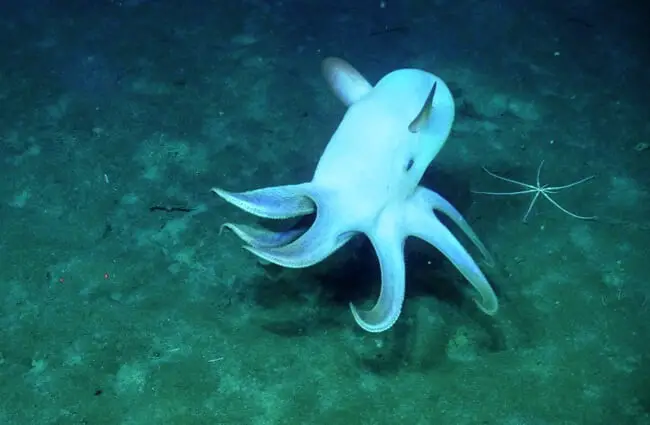
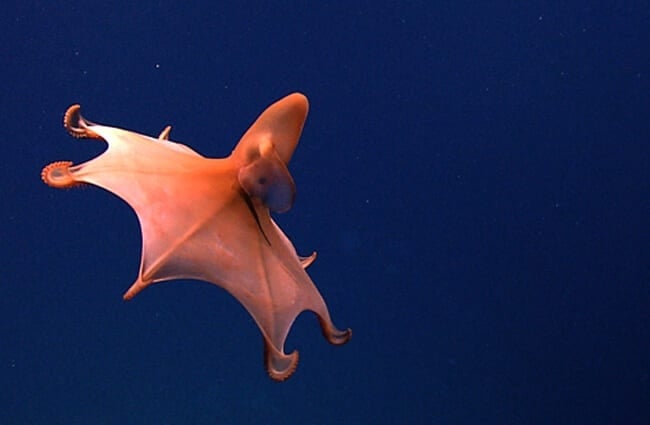
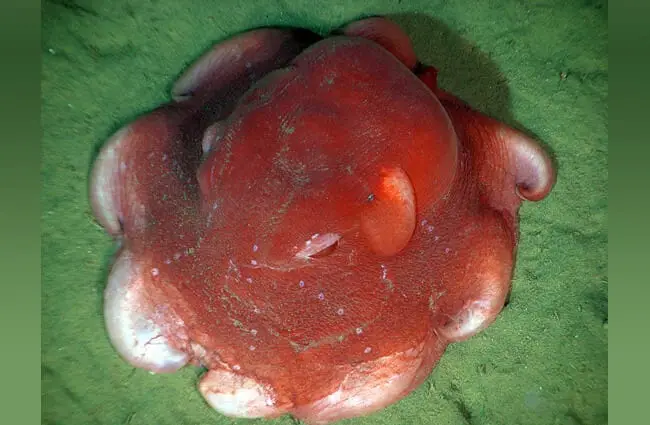
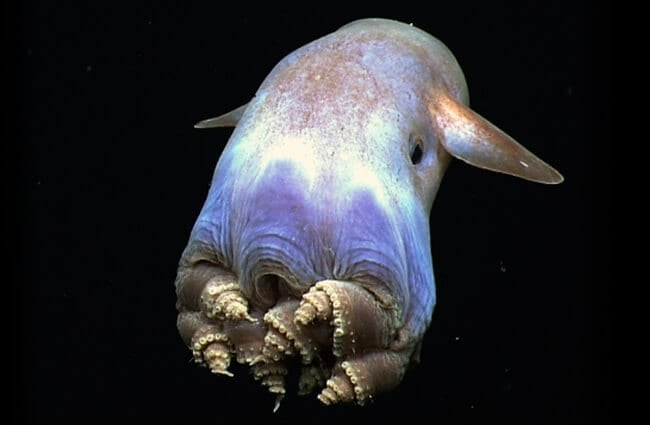

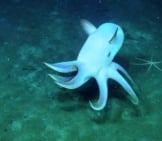
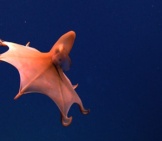
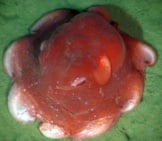
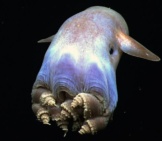

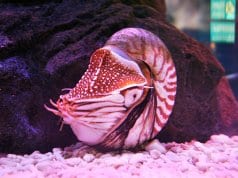
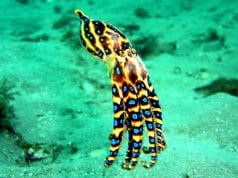
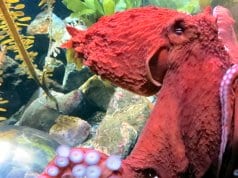










![Red Angus Closeup of a beautiful Red Angus cowPhoto by: U.S. Department of Agriculture [pubic domain]https://creativecommons.org/licenses/by/2.0/](https://animals.net/wp-content/uploads/2020/03/Red-Angus-4-100x75.jpg)

